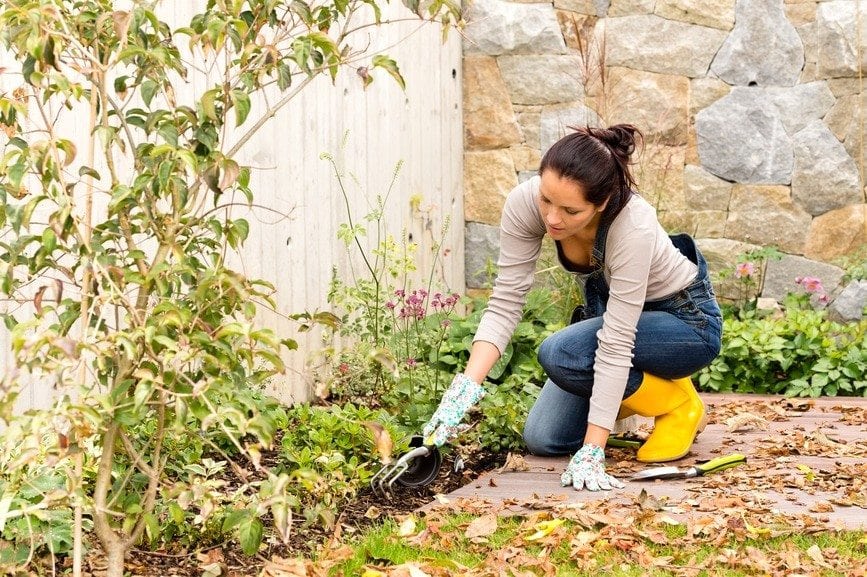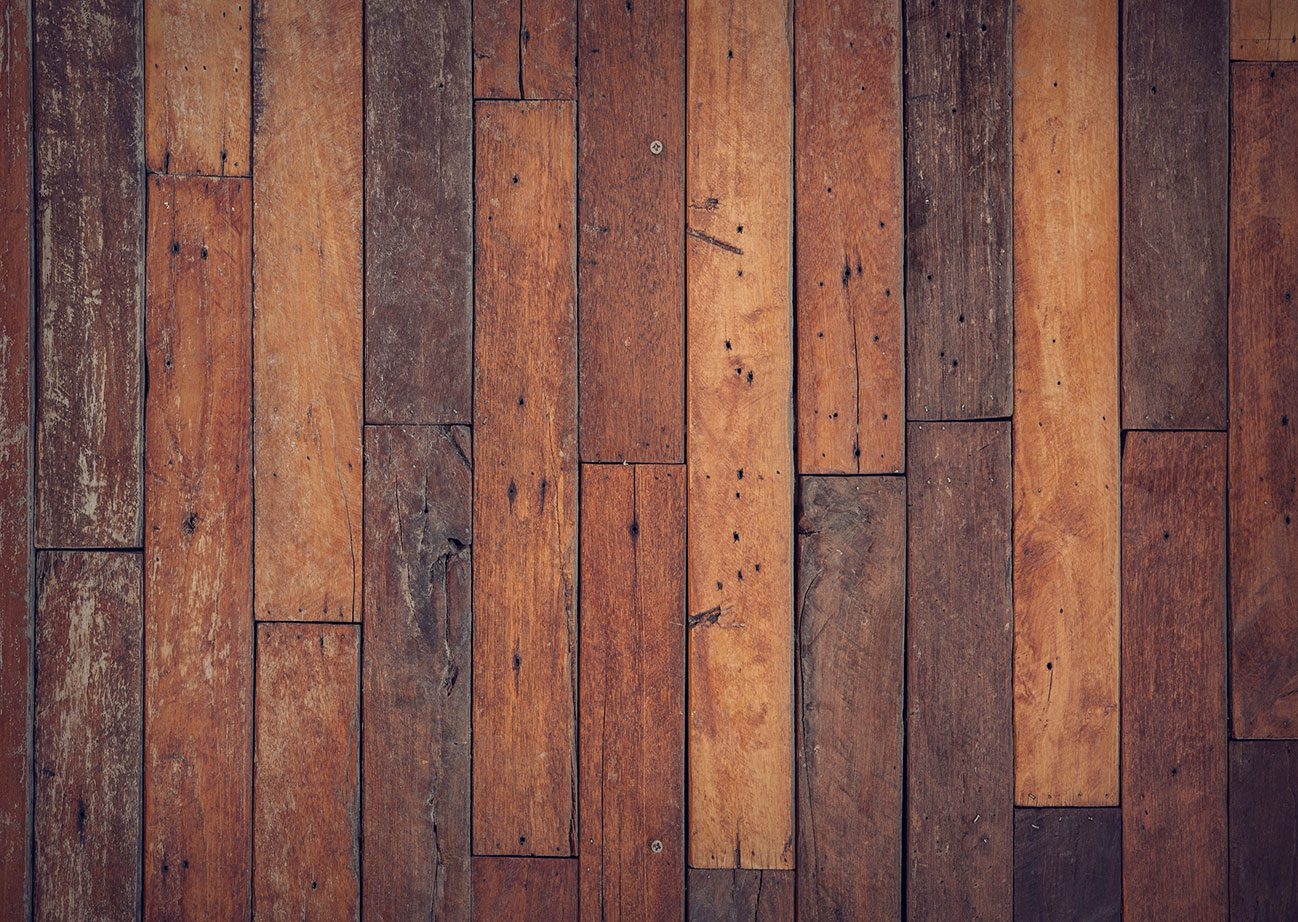A backyard can be a big project to tackle. Usually, there’s so much unused space that deciding on what to do with it can be daunting. Many Okotoks real estate homeowners have grand plans to create a quaint garden or beautiful landscaping, but they’re not really sure how to begin.
The best way to begin creating a polished, unique look for your backyard is to divide up the space you have in order to concretely define each separate flowerbed or garden area. This task can be accomplished by using edges to create distinct borders.
Edges not only serve as a way to prevent mulch or rock from spilling all over the yard when it rains, but they also act as a visual boundary to compartmentalize the space in your yard. By separating one section from another, you are creating the appearance of order and balance, as opposed to an untamed wilderness.
Common Edging Materials
The most common option for edges is a simple, flat metal strip of approximately four to six inches sunk halfway into the ground. This type of edging could also be made of rubber, composite plastic, or a number of recycled or compressed materials.
A flat shape gives this type of edging the best amount of control when it comes to retaining dirt or mulch. However, they don’t always impress when it comes to the looks department. Adding or substituting more attractive materials can remedy this.
Other Store Options
There are many other edging options to choose from that can easily be purchased at a home improvement or gardening store. Many of these materials are made from stone, or wood, and they could even be used in conjunction with the more practical metal or composite options because their height can easily be used to hide the other edges behind them.
Materials frequently seen include:
- Molded concrete – this is usually sold in short sections that can be combined to any length
- Treated wood – these can be either cut into long, straight pieces or into short, pipe-shaped pieces then buried upright, like tightly-grouped fence posts
- Pine and cedar – these materials are often used because they are cheap as well as naturally resistant to insects and rot
- Stone – typically more expensive, but great for creating a more natural look
Do-It-Yourself Edges
The great news is that you are not relegated to store-bought materials to give your backyard or garden well-defined edges. Custom edges can be made from easy-to-find or recycled materials, and they can lend a unique flair to any project.
Ideas for these include:
- Recycled glass bottles
- Fallen limbs
- Cut bamboo
Now that you have a taste for carving out some uniformity within the chaos that can be a yard, you can begin sinking your teeth into that garden project you’ve been imaging.
If you’ve ever wanted to channel your ambition on a project with more potential, we can help you find the Okotoks home for sale that has the backyard of your dreams. Contact us so that you can put your green thumb to better use.

